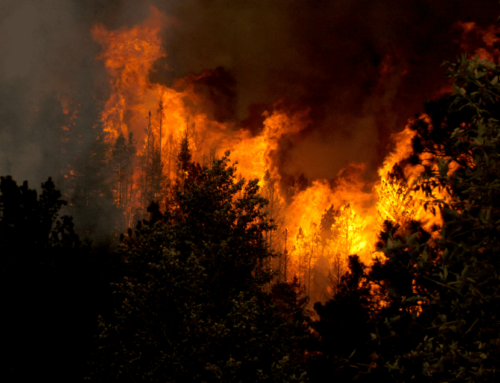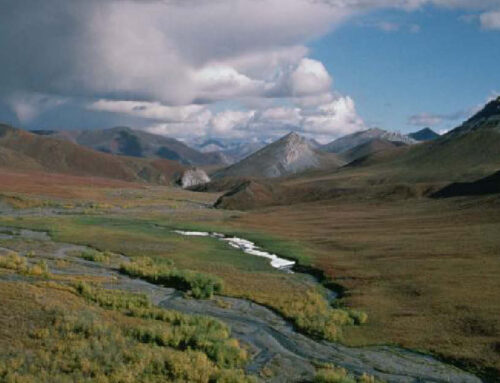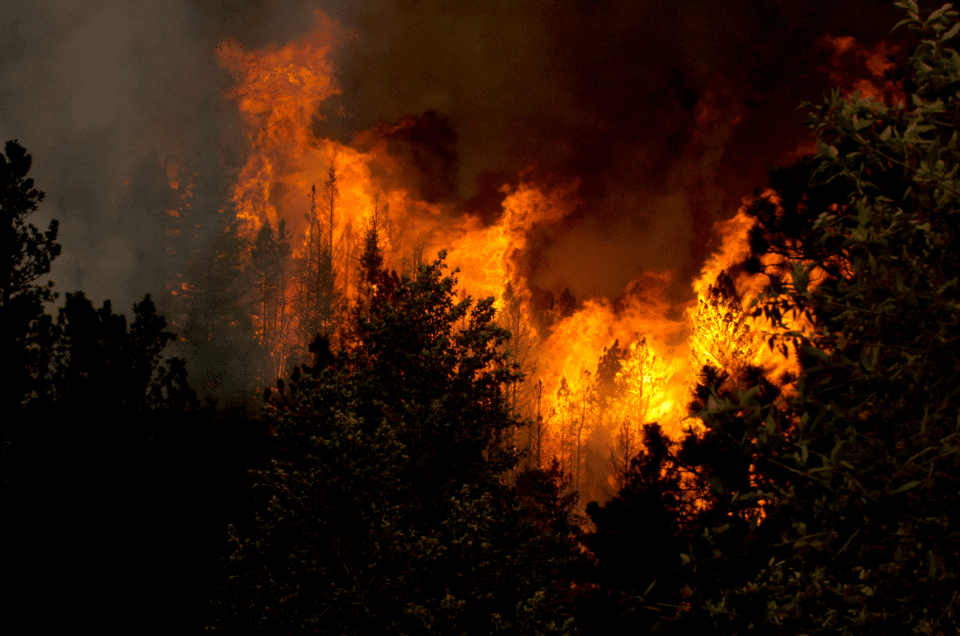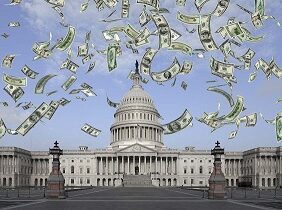On June 25, 2024, the Bureau of Land Management (BLM), under the Department of the Interior (DOI), held an auction for oil and gas leases on federal land in Nevada. The sale offered a single parcel, containing 2,080 acres, and received no bids. This was the fifth lease sale held by BLM in 2024, with sales previously held in Wyoming, North Dakota, Mississippi, Montana and North Dakota, and Kansas and New Mexico.
| State | Acres Offered | Acres Sold | % Acres Sold | Total Bid Revenue | Avg. Bid Per Acre | Avg. Bid Per Acre 2016-2020 | Total Revenue |
| NV | 2,080 | 0 | 0% | $0 | $0 | $4.02 | $0 |
Over the past several decades, federal oil and gas leasing in Nevada has not been a lucrative investment for taxpayers. Lease sales in Nevada have historically struggled to gain industry interest, and today’s lease sale was no exception. The one parcel of federal land offered received no bids after one hour of public auction, leaving the parcel unsold for development.
In the past, today’s parcel might have subsequently been leased noncompetitively, a practice that cost taxpayers millions in potential revenue, locked up valuable federal land into nonproducing leases, and has fortunately since been prohibited.
Until recently, noncompetitive leasing—when entities can rent federal land the day after auction without paying a bid—and low minimum bids allowed private entities to acquire great swaths of federal land in Nevada for cheap, providing little return for taxpayers. Since 2000, 6.2 million acres of federal land were leased noncompetitively in the state, but not even one has entered production. In fact, since 1953, only 0.3% of all the oil and gas leases issued in Nevada—both competitively and noncompetitively—ultimately entered production. At the end of FY2022, 95.3% of the 626,000 acres authorized for oil and gas development sat idle. None of these statistics bode well for taxpayers.
Noncompetitive leases and leases sold for the minimum bid, now $10/acre (before recent reforms $2/acre!), shortchange taxpayers both by lowering the amount of revenue taxpayers receive from bonus bids and by keeping valuable federal land from other, productive uses. Thankfully for taxpayers, reforms passed by Congress in 2022 and codified by the DOI in a recent rule take important steps to limit speculation and prevent federal lands from being locked up from other uses.
Other critical reforms enacted by Congress in 2022 and codified by the DOI in April include:
- A federal onshore royalty rate of 16.67% (raised from 12.5%)
- Rental rates of $3/acre for the first 2 years, $5/acre for years 3-8, and no less than $15/acre for years 9-10 (raised from $1.50/acre for years 1-5 and $2/acre for years 5-9)
- Minimum bid of $10/acre (raised from $2/acre)
- Updates to bonding rates set in 1960 to better reflect market rates and protect taxpayers from future cleanup liabilities
These reforms are an important step in securing a fair return for taxpayers and ensuring we are not left with long term liabilities. And more must be done to reform oil and gas leasing practices in states like Nevada where parcels rarely enter production, resulting in the administration of costly lease sales and poor returns for taxpayers.











Get Social